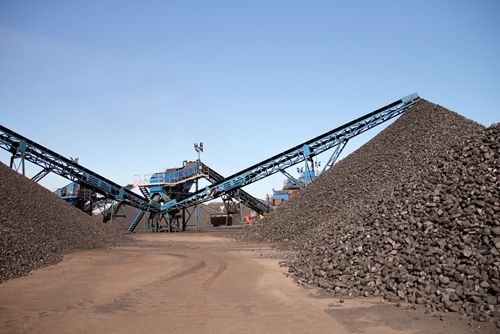
The Occupational Safety and Health Administration has issued more than $145,000 in possible fines against a Georgia auto parts manufacturer after a maintenance technician was severely burned in a flash fire.
"OSHA reiterated employers' responsibility to keep workers safe from combustible dust hazards."
The worker was operating a dust collector when an explosion occurred, which resulted in third-degree burns to his upper body. Following an investigation by the U.S. Department of Labor, OSHA issued the Georgia company one willful, 18 serious and one other-than-serious safety and health violations. The company had already received previous citations for failure to properly maintain its dust collection system.
"Out of sight, out of mind is not an acceptable strategy for fixing workplace hazards," William Fulcher, director of OSHA's Atlanta-East Area office, said in a statement. "This mindset is dangerous, irresponsible and must be changed immediately."
The agency issued citations relating to exposing workers to unguarded machinery and failing to address the hazards related to combustible dust. The employer also failed to:
- Review the performance of powered industrial truck operators at least once every three years.
- Train workers on preventing machinery from starting up during maintenance and servicing and inspect performance.
- Provide a workplace free from recognized hazards.
- Train workers to recognize the hazards of combustible dust.
- Conduct annual hearing test for workers exposed to high noise levels.
In its statement regarding the incident, OSHA reiterated employers' responsibility to keep workers safe from hazards and prevent combustible dust fires and explosions from occurring.
OSHA guidelines on combustible dust hazards
According to OSHA, combustible dust hazards can be found across many different industries and can be related to materials including:
- Metals such as aluminum and magnesium
- Wood
- Coal and other carbon-based materials
- Plastic dust and additives
- Biosolids
- Organic materials including sugar, flour, paper, soap, and dried blood
- Certain textiles
As Safety + Health Magazine noted, despite urging from the Chemical Safety Board, OSHA does not currently have a general industry combustible dust standard. However, there are several standards that relate to aspects of combustible dust hazards and require compliance from all employers. These include standards governing:
- Walking-working surfaces
- Exit routes, emergency action plans and fire prevention plans
- Occupational health and environmental control
- General environmental controls
- Permit-required confined spaces
- Fire protection
- Materials handling and storage
- Electrical
- Toxic and hazardous substances
Furthermore, 25 states, Puerto Rico and the U.S. Virgin Islands also have OSHA-approved local guidelines and standards relating to combustible dust, which employers should follow when applicable.
OSHA's combustible dust safety program
Through its Combustible Dust National Emphasis Program, initiated in 2008, OSHA outlines its policies and procedures for inspecting workplaces that create or handle combustible dusts and may be at risk for deflagration or explosion. During an inspection, OSHA investigators will gather information about the employer's efforts to abate the combustible dust hazard by looking at areas of the facility including dust collectors, ductwork, associated equipment and containers, such as mixers or storage bins.
OSHA has also advised employers to implement explosion prevention and mitigation controls. These may include:
- Isolating dust-generating processes
- Building damage-limiting construction
- Implementing explosion venting for dust-processing areas
- Installing explosion suppression equipment
Dust collection equipment should also be used regularly. Additionally, possible sources of ignition, such as welding, fork truck traffic, should be kept away from combustible dust.
Employers are also required to keep their facilities in compliance with ventilation standards and housekeeping standards that govern their industry. Employees must also be outfitted in personal protective equipment, including protective, flame-resistant clothing when necessary to ensure safety.
Additional resources
For additional guidance, Safety + Health magazine noted that employers can consult the National Fire Protection Association's combustible dust standard, NFPA 652, which was released in September 2015. The voluntary standard outlines general requirements for combustible dust hazard control. It also includes guidelines for five industry- or commodity-specific standards, including those governing combustible metals and particulate solids, as well as fires and explosions relating to sulfur and wood processing.
"Employers may also consult the National Fire Protection Association's combustible dust standard."
As the magazine reported, an OSHA standard on combustible dust may still occur in the future, as both the CSB and the NFPA are pushing for this regulation.
"We continue to try to work with them to press upon the importance of adhering to our recommendations and making sure they update their Hazard Communication Standard to make it more clear what dust explosion hazards are, putting out guidance documents and making sure they're blanketing broader industry coverage because it does affect a broad variety of industries," CSB Chairman Vanessa Sutherland told Safety + Health.
In the meantime, the CSB has urged employers to review their safety materials, adopt NFPA standards and increase worker attention to training and facility housekeeping through video training and awareness programs.








